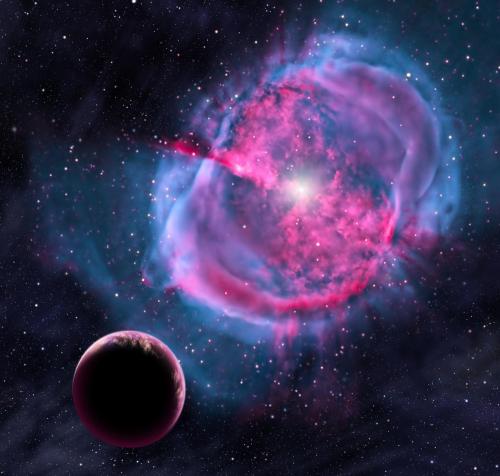
So what are the details?
Astronomers announced today that they have found eight new planets in the “Goldilocks” zone of their stars, orbiting at a distance where liquid water can exist on the planet’s surface. This doubles the number of small planets (less than twice the diameter of Earth) believed to be in the habitable zone of their parent stars. Among these eight, the team identified two that are the most similar to Earth of any known exoplanets to date.
But what have they actually detected?
Well, all they have here is data gathered by the Kepler space telescope. This detects planets by picking up extremely tiny variations in the light emitted by a star as a planet moves in front of it and blocks out a bit of the light – now that is very tiny, and so we have no idea what the mass might be, so all we now know is …
- They are small and so there is an assumption that it is rocky because small planets usually are, but we do not know if they actually are.
- They are in the goldilocks zone, which means that it is not too hot, nor is it too cold, and so if there is water, it would be liquid.
That’s it, that is all we know – everything else is just a guess.
So what is interesting here?
Two of these eight are the most earth-like ever detected yet …
… what look to be two of the most Earth-like worlds yet. Dubbed Kepler-438b and Kepler-442b, both planets appear to be rocky, and orbit in the not-too-hot, not-too-cold habitable zones of their stars, where liquid water can exist in abundance.
“appear to be” … eh no, that’s just a guess, but is probably a correct one.
What comes next?
This is perhaps about the best we will get for now because we are at the limits of what we can detect with Kepler. In fact, Kepler is done, because two of its four reactions wheels have now failed, so it can no longer continue to gather planet watching data and has been repurposed for other things now, so what is being announced is not based on new data, but rather is the result of extensive analysis and study of previously gathered data.
As pointed out by the article in SA the future is this …
Most planet hunters now pin their immediate hopes for discovering Earth-like planets on NASA’s upcoming Transiting Exoplanet Survey Satellite, or TESS, which is slated to launch in 2017. TESS is expected to perform an all-sky survey focused on finding transiting rocky planets around nearby stars, planets that could then be studied in further detail by NASA’s James Webb Space Telescope, which would launch no sooner than 2018. Even so, the quest for finding truly habitable — maybe even inhabited — planets beyond the solar system may require more ambitious, next-generation observatories.
So no Earth 2.0 yet, but we are indeed building better tools, so that may change.
‘Two possibilities exist: either we are alone in the Universe or we are not. Both are equally terrifying.’ – Arthur C. Clarke